Author Archives: hlgibsonauthor
Quotation Station
Shabbat Shalom to everyone building in time by observing Adonai’s rest.
The nose is the organ of breathing, which a person must do constantly in order to maintain life. The greater the physical effort one expends in one’s work, the more difficult the breathing becomes, and the more one becomes conscious of one’s breathing efforts. This concept also applies to every person’s prayers. In order to create a connection with God, each person must pray. Prayer then becomes his source of life. Without prayer, he only exists, but does not live a full life. And, just as breathing sustains each person, whether one is conscious of it or not, so too, Mashiach, the world’s ultimate rectification, has sustained the world from its inception, whether we are conscious of it or not. ~Chaim Kramer
Quotation Station
Shabbat Shalom to all the
creatives making great art in
imitation of our Creator
to His glory.
He has filled them with the skill needed for every kind of work, whether done by an artisan, a designer, an embroiderer using blue, purple and scarlet yarn, and fine linen, or a weaver – they have the skill for every kind of work and design. ~Sh’mot 35:35
The Common Thread
I’ve extolled the success of the recent book signing in which I participated, but I really must shine some light on the amazing authors who brought their own special brand of joy to share among fellow writers and customers alike. I’m sure after you read our author bios that you’ll be able to tell what drew us together so closely.

Betty Kulich, an Associate Pastor for 20 years at Redeemer’s Church, serves as Director of Woman’s Ministry for Harvest Preparation International Ministries, is the 2021 CIPA Fiction Award Winning Author of The River, and a featured author in four devotional anthologies (three for Guideposts). She is the author of The Mask: A Historical Fiction Novella for the Ohio Literary Trail Mix as well as a Guideposts short story on angels. Betty has an MS in Education from Ohio State University.
Deborah Edmisten is a wife, mother, mother-in-law, and grandma to five beautiful grandchildren. She has been passionate about reading and writing since she was a young child and has developed that passion into an award-winning ‘tween time-travel trilogy, two award-winning children’s chapter books, and multiple novels for adults across several genres. Her aim in writing is to weave stories that entertain while also causing readers to reflect deeply on life.
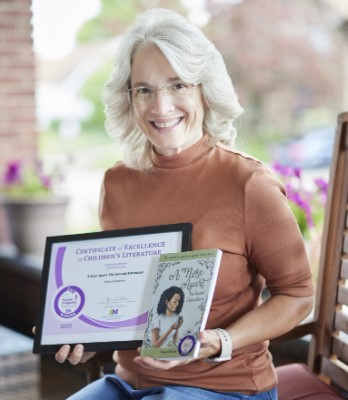

Dianna Caraballo is an Ohio native, mother of twins, and grandmother of five. She currently holds a minister’s license and has been a businesswoman for thirty-one years. Writing is her biggest passion along with inspiring and encouraging good works in other as well as speaking about God’s love. Her written works include Women Were Designed for Greatness, Too – Biblical Truths Every Woman Should Know & A Little Drink of Water: A Devotional of Spiritual Awakening. She is currently at work on a third book.
HL Gibson, a native Ohioan, is a lifelong lover of books and storytelling. She credits her mother for instilling her passion for reading, which led her to cultivate a vivid imagination as a writer and inspired her to finally put her stories on the page. As a member of the Beth Tikkun Messianic Fellowship, her faith plays a significant role in crafting her fiction. HL has a vast and growing personal library, loves tea and classical music, and is a self-proclaimed bourbon snob. She is married with one son and five high-maintenance cats.


Marrissa Saunders, wife of Blaine, is the Founder and Pastor of Sister Talk LTD, started in 2014 as a welcoming space for women to grow into the person God intended them to be. Her down-to-earth personality helps her relate to multiple generations, ultimately drawing them closer to Christ. She received her certification in systematic theology, is an author of two Christian books, and most importantly, is a Child of God. Marrissa’s testimony of regaining her eyesight from an autoimmune diagnosis encourages others to rekindle their faith in the Lord and to never underestimate the power of prayer.
Through God’s grace, Michael has overcome the odds by succeeding after serving five years in prison. It was in prison that God touched his heart and gave him a special love for the broken, downtrodden, and incarcerated. Michael knows firsthand the day-to-day struggles of incarceration and has dedicated the rest of his life to helping those in prisons, jails, and juvenile centers. He is the father of three beautiful girls whom he loves dearly. Making memories with them, playing his bass guitar, serving in the community, and hanging out with friends is how he enjoys spending his free time.

Making Every Day Count
This past Monday evening marked the beginning of Pesach. My family joined with my parents, brother and sister-in-law, and a close friend and her five-year-old grandson, Maverick, who was an absolute delight to have at our seder table. The little fella did a great job with the four questions, hunting for the afikoman, and opening the door for Elijah. He was so well-behaved as he colored or played with blocks throughout the long reading.

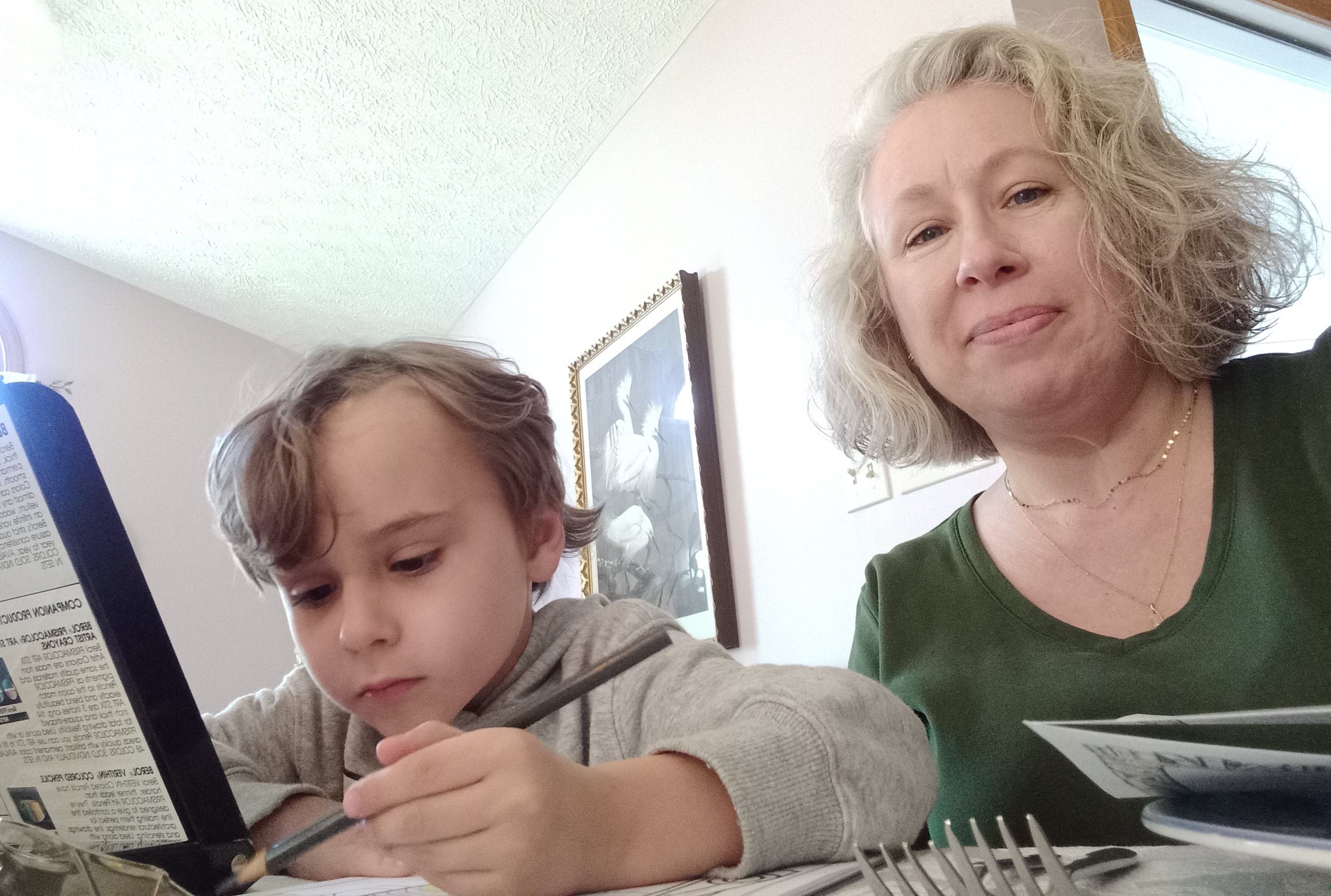
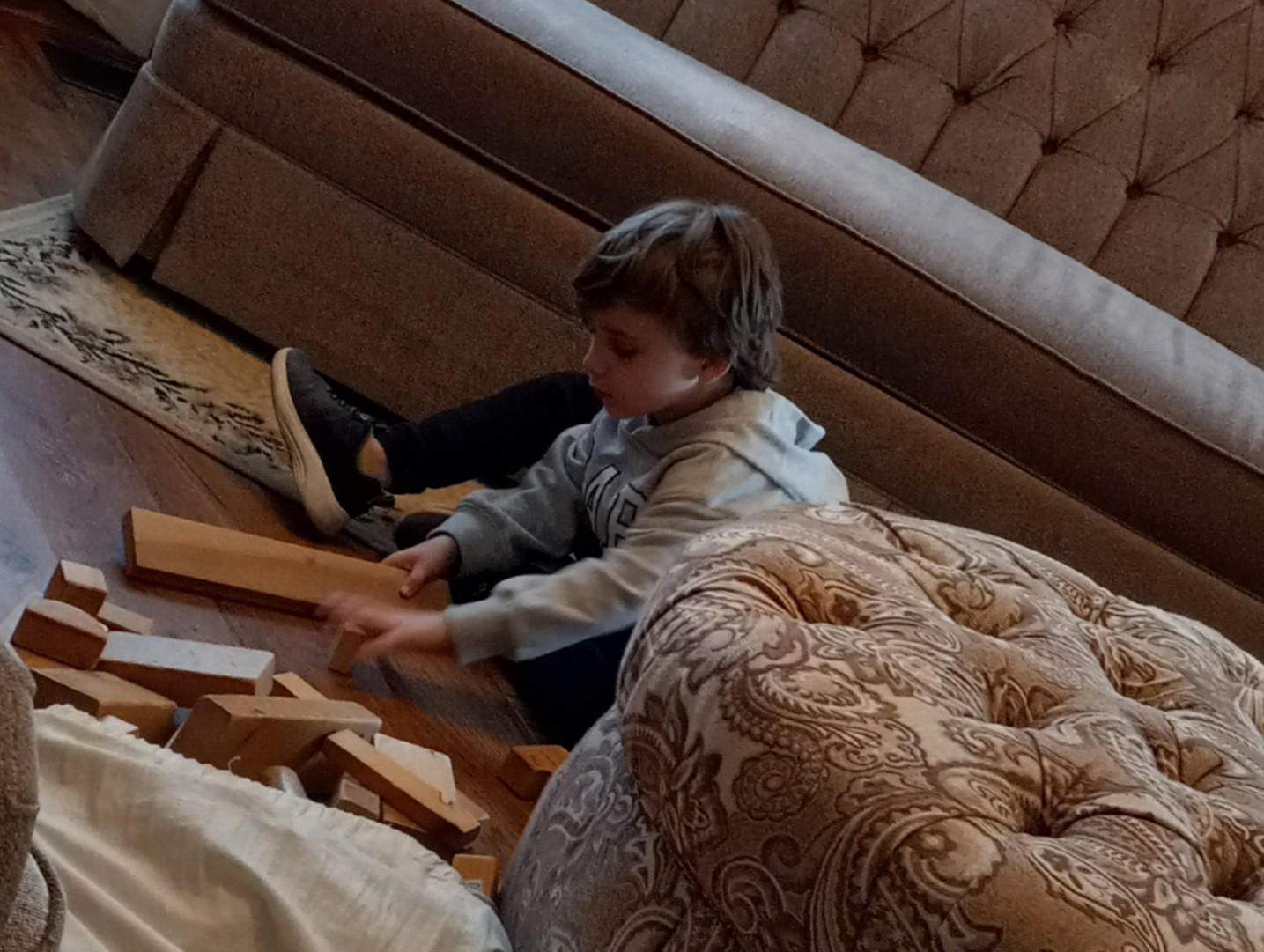
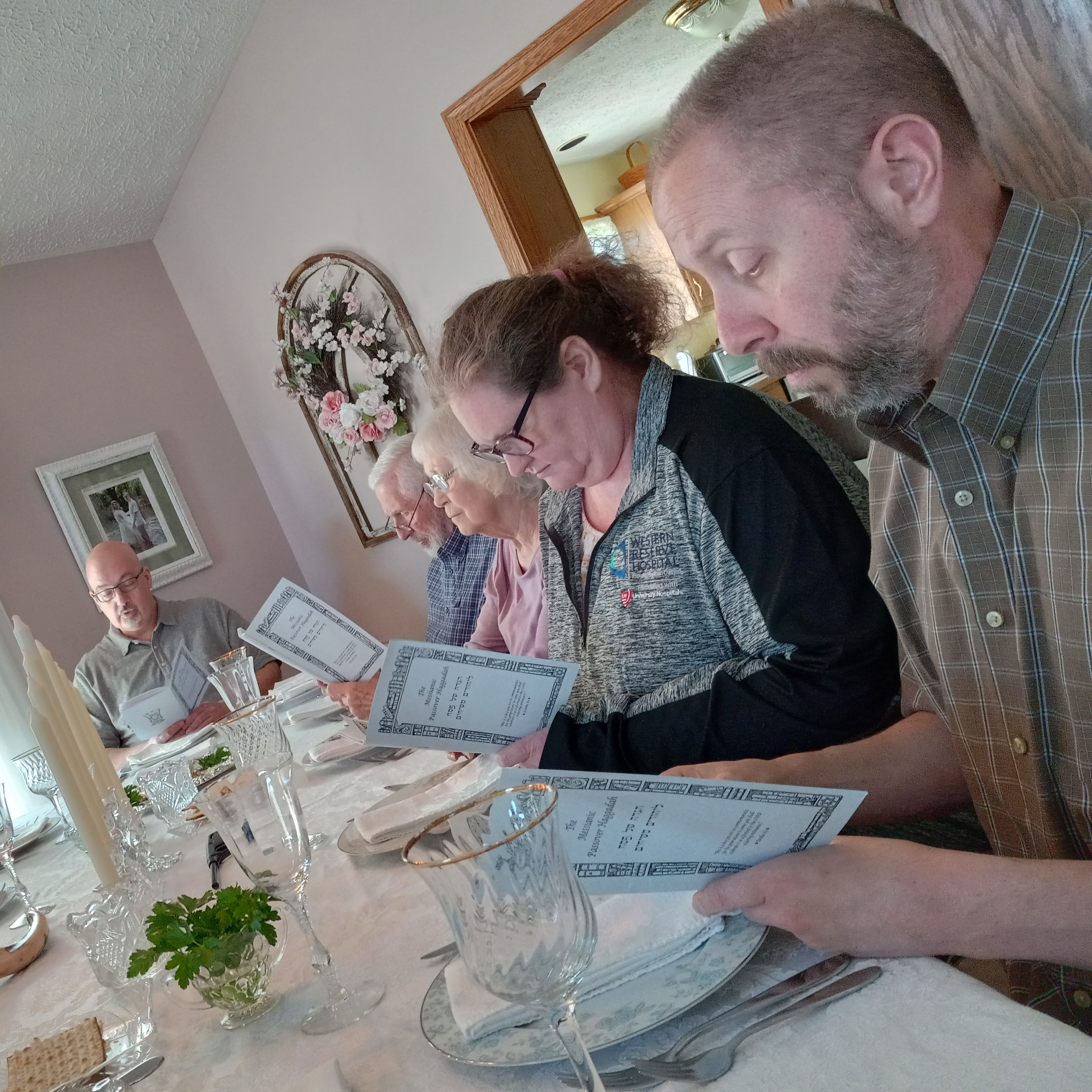
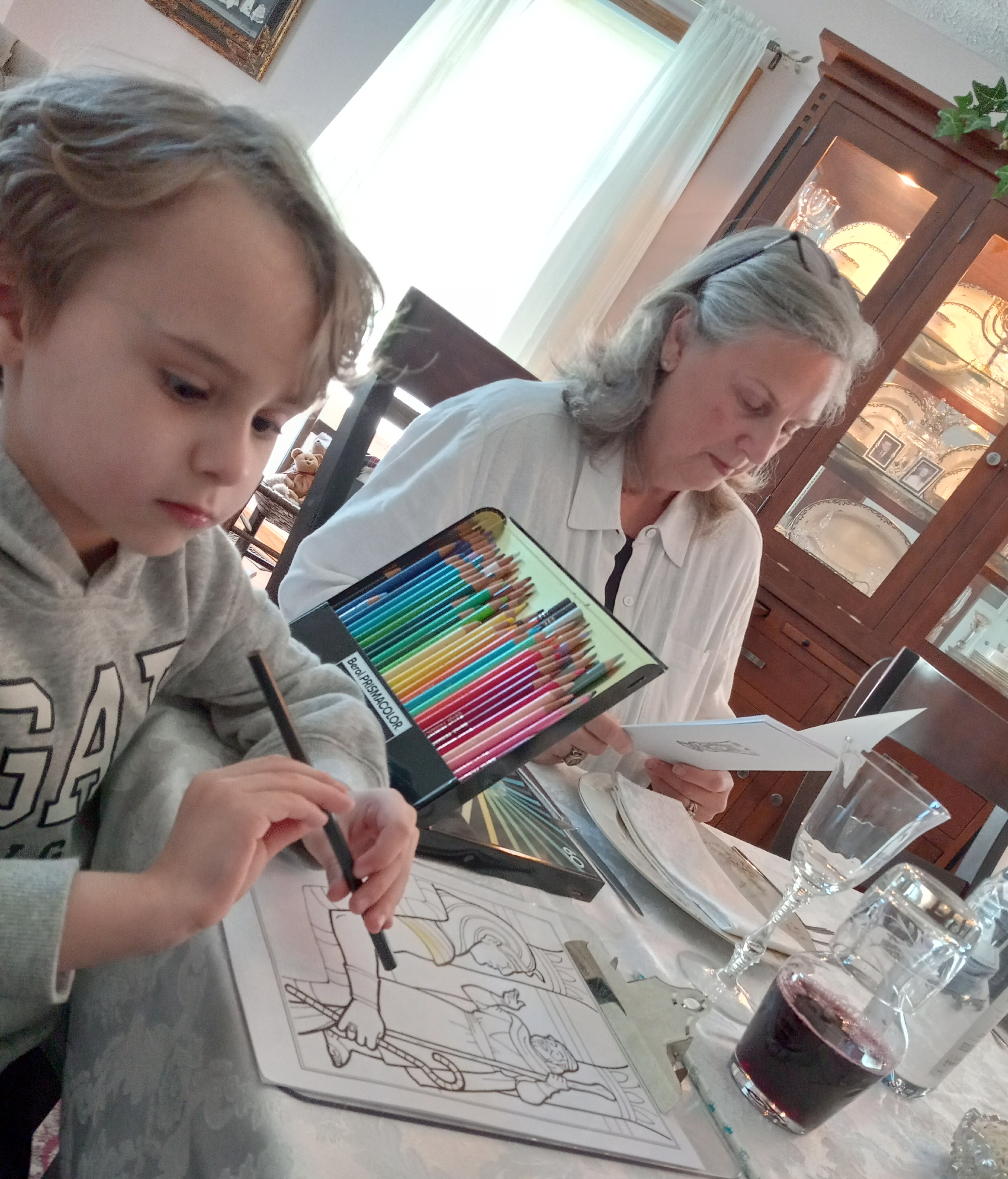

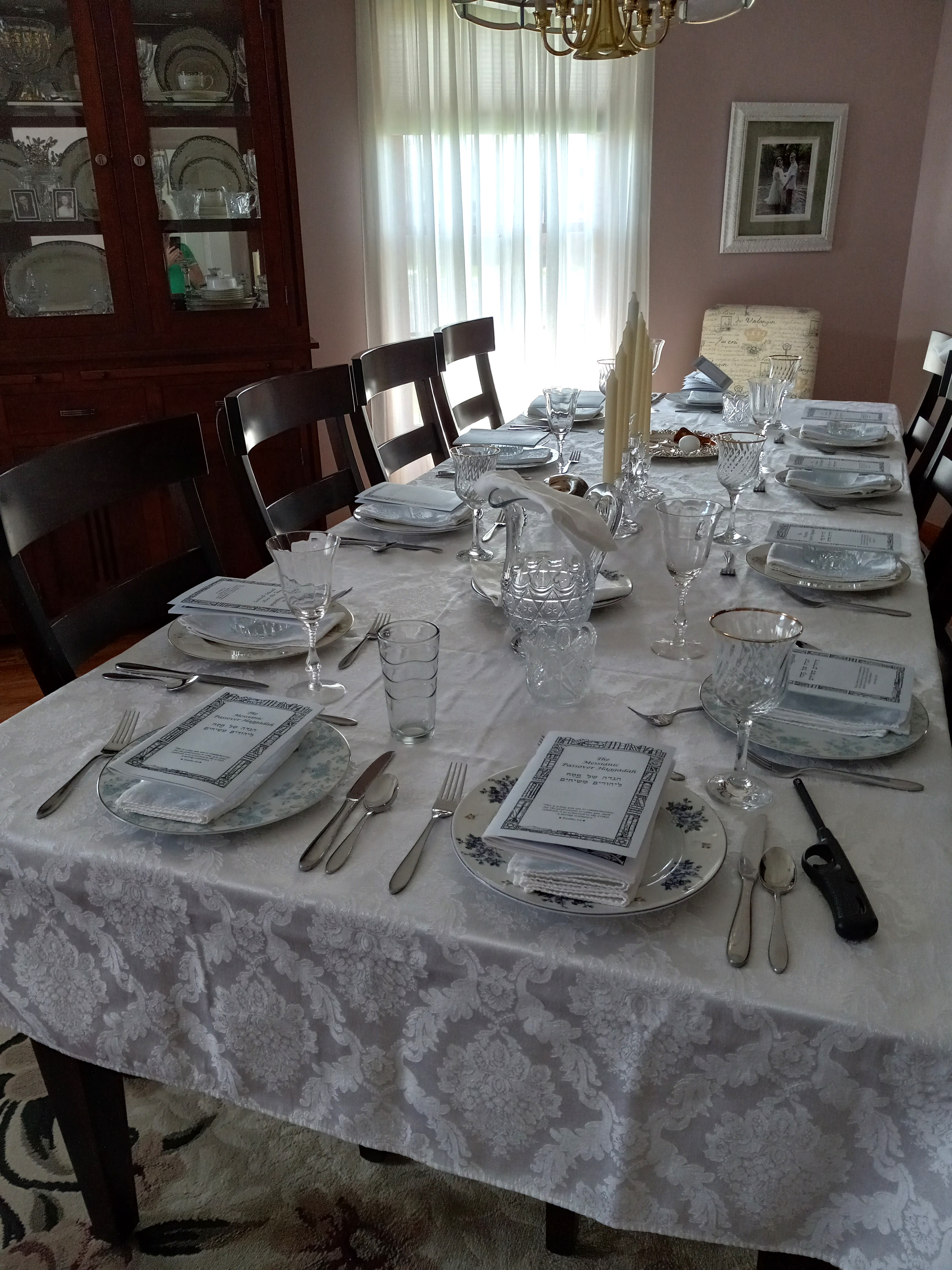
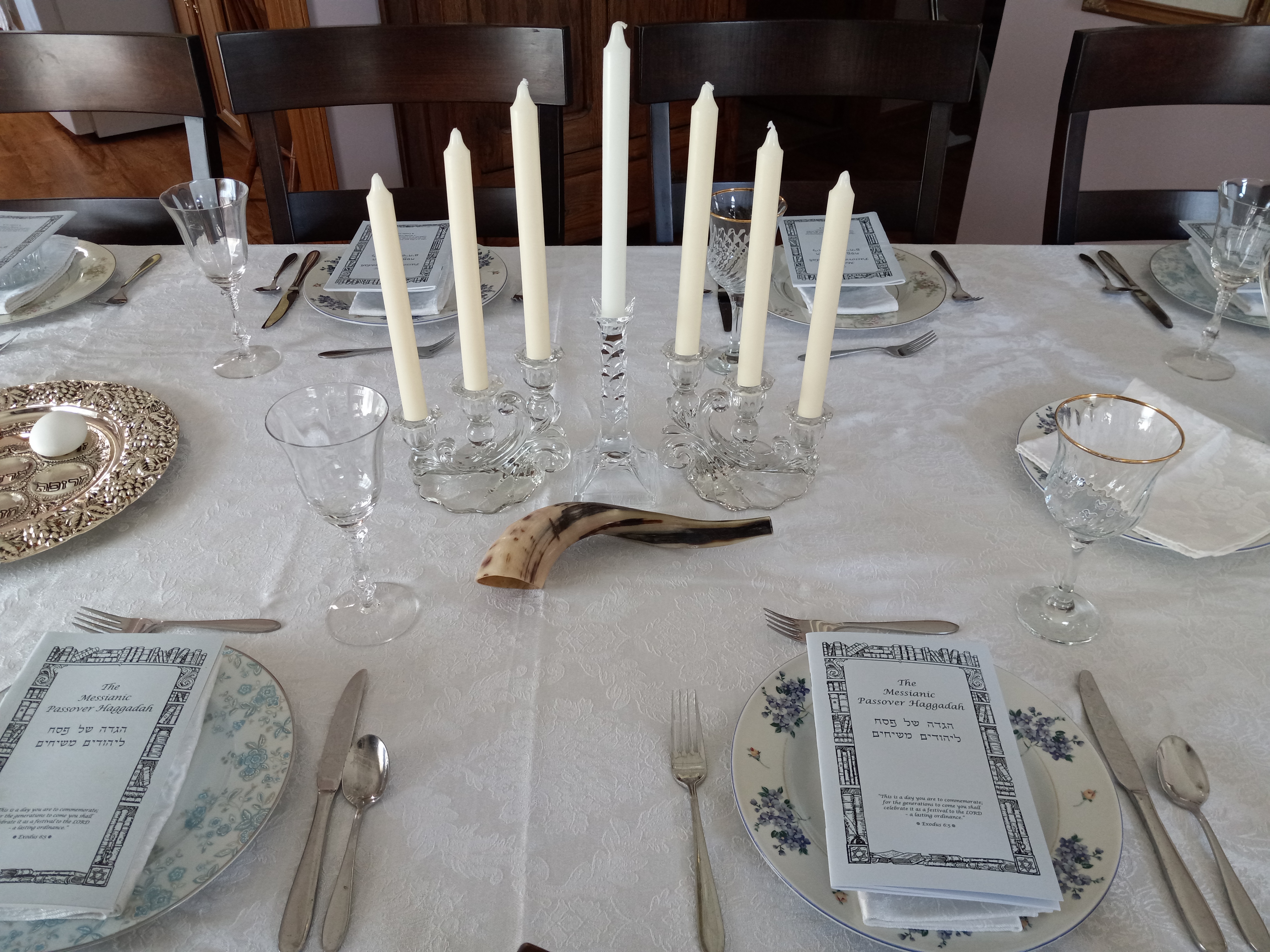
The wonderful Shabbat I just shared with my fellow writers (When You Take Your Shabbat & Shalom With You) was the perfect prelude to our Passover celebration. As always, the food and desserts were delicious, but the best part really was the company.
The Spirit I mentioned in the above-linked post faithfully kept vigil over all Israel once again, whether in the land or elsewhere.
Today begins the counting of the omer! The forty-ninth day, June 11th, is Erev Shavuot and another time of joyous commemoration. For two days, we’ll celebrate the giving of Torah at Mount Sinai. There are traditional menu options for these meals, and if you’re lucky, cheesecake is involved!
Baruch HaShem & Chag Sameach
~HL Gibson
When You Take Your Shabbat & Shalom With You
Saturday, I had the privilege of being in the company of five faith-filled authors from different walks of life and different walks with Adonai. These amazing folks wrote in a variety of genres. One author, Deborah Edmisten, is a dear friend I met in a local writers’ group. Three others, Betty Kulich, Michael Parker, and Dianna Caraballo, I’ve met at previous events. And Marrissa Saunders was the new girl on the block, but she fit in with this group so seamlessly, it felt as if we’d known her forever.


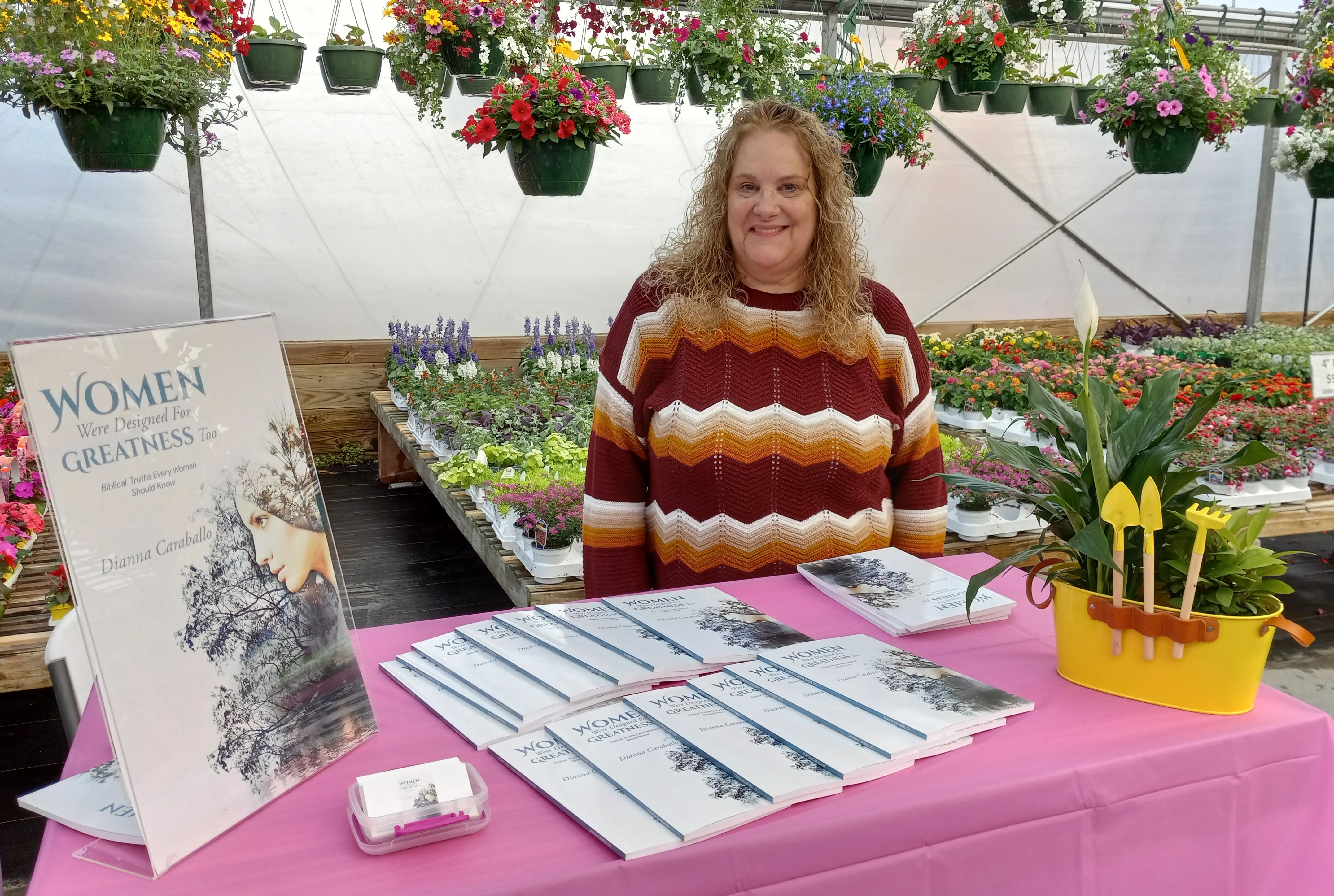
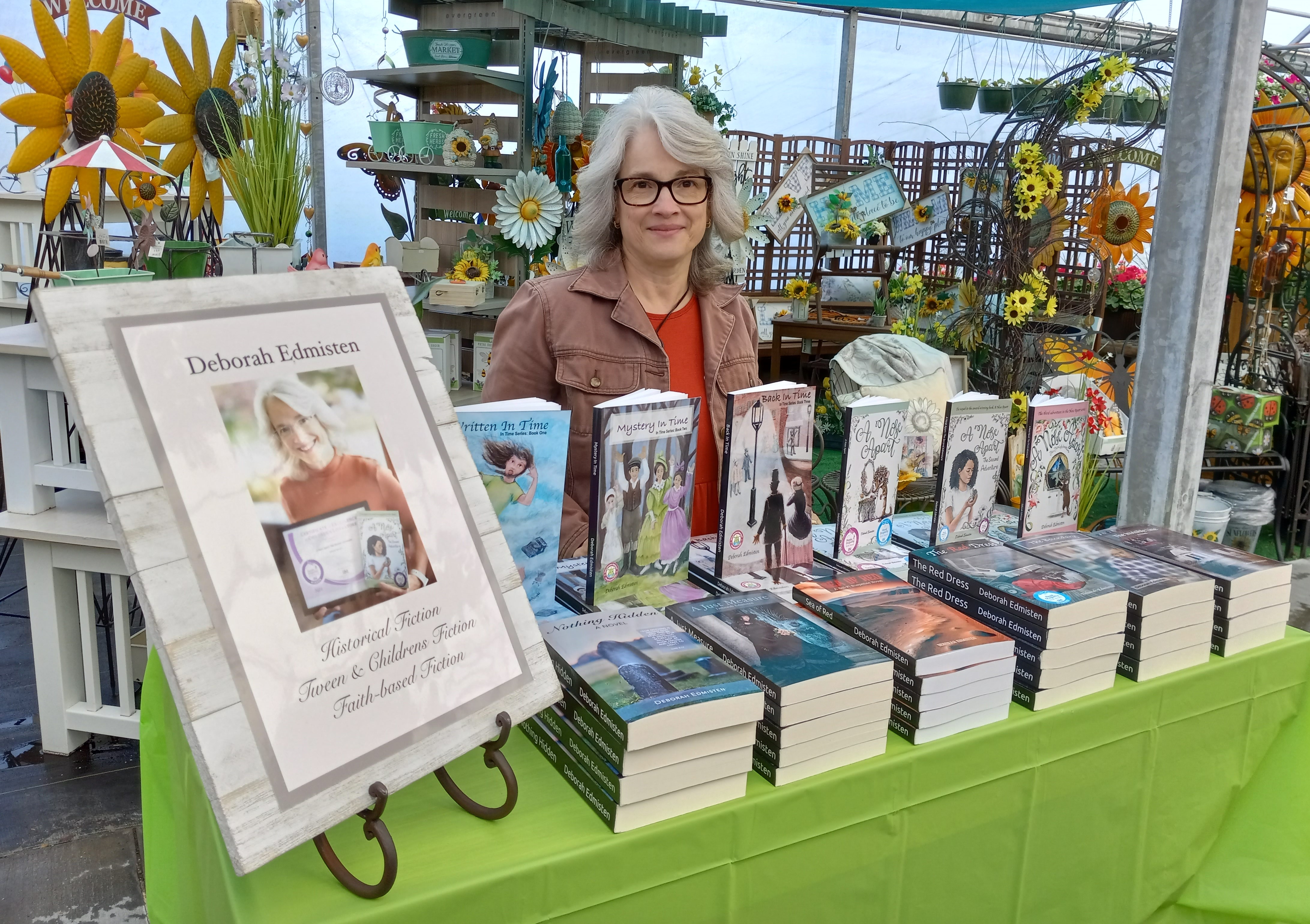
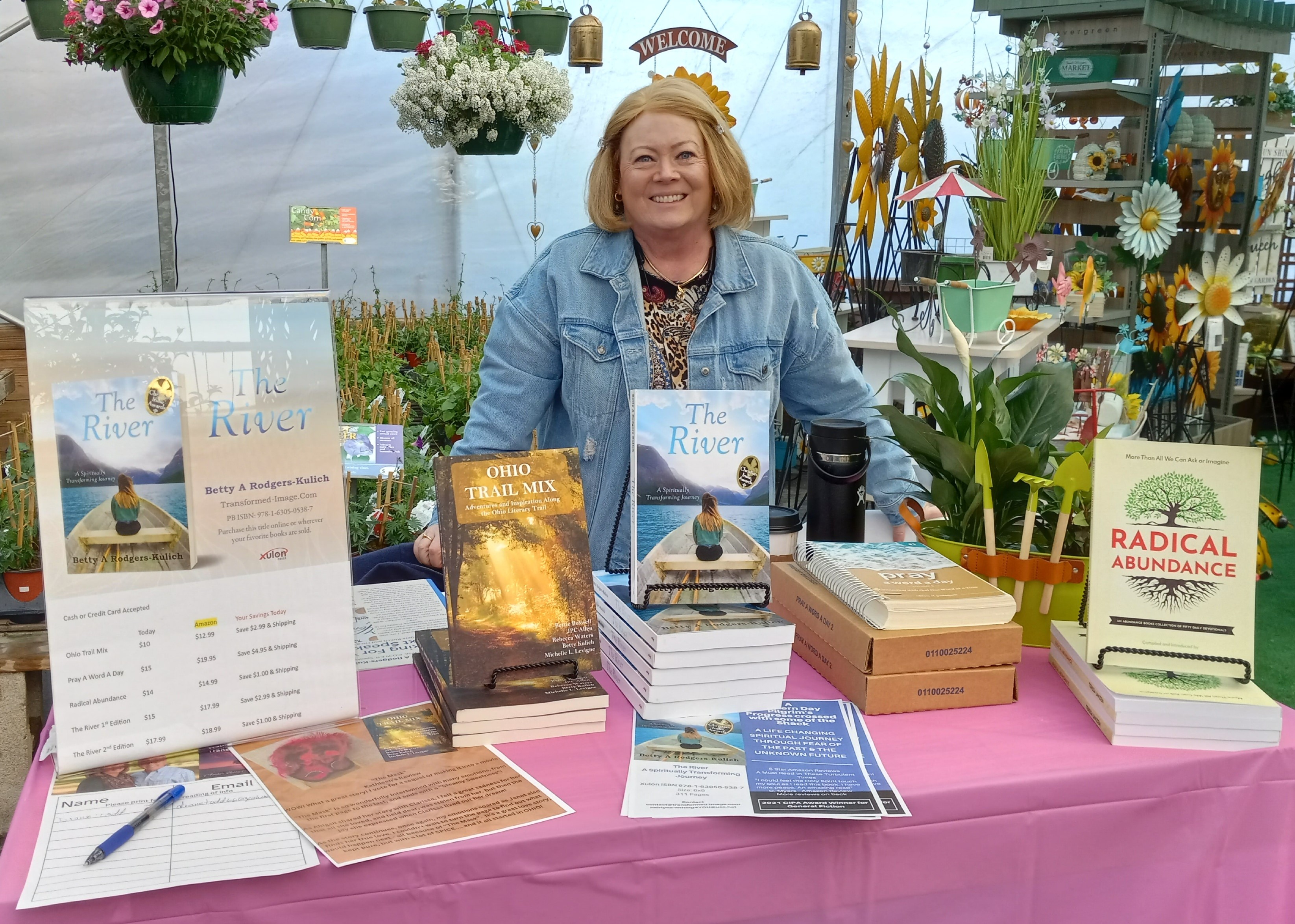
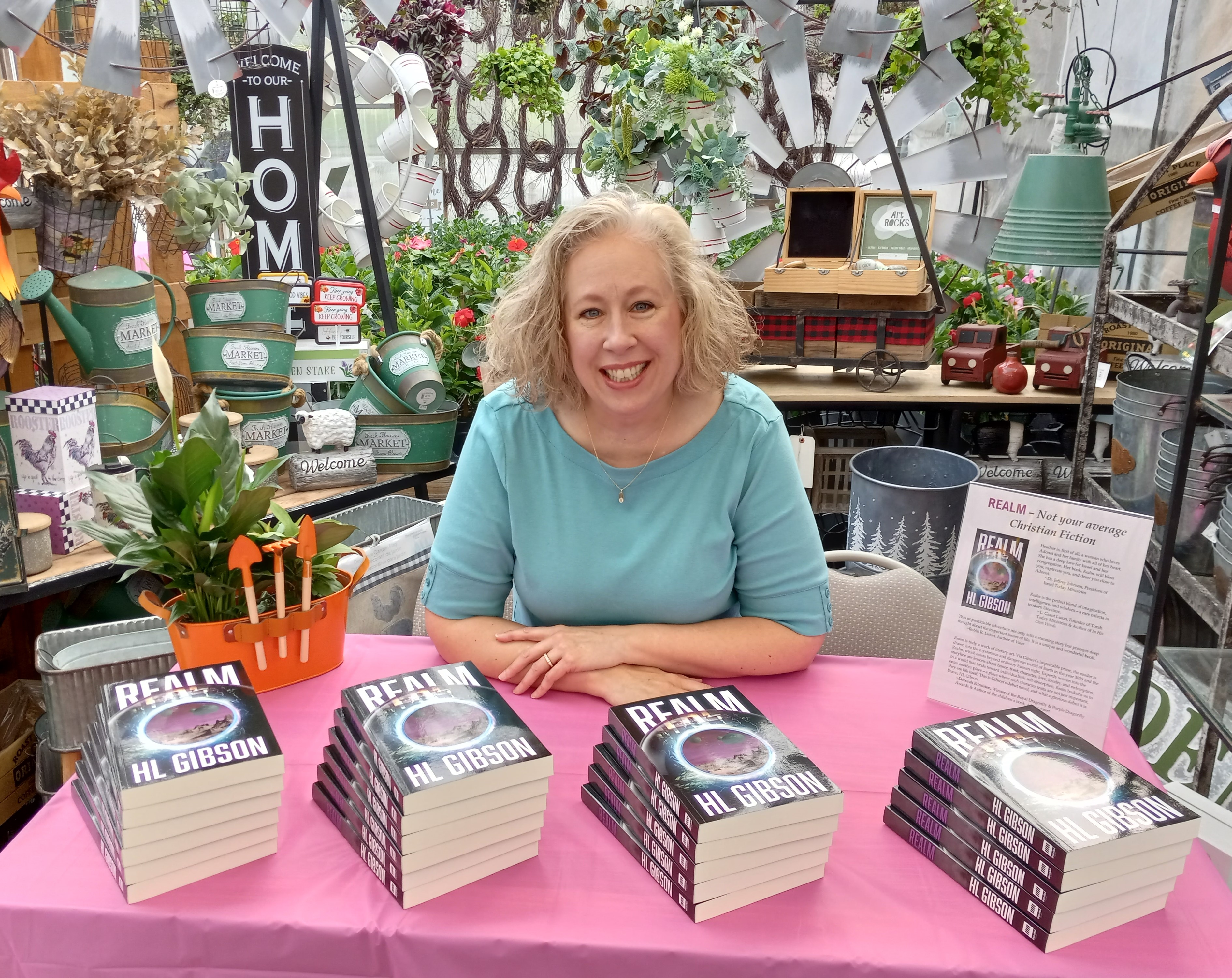
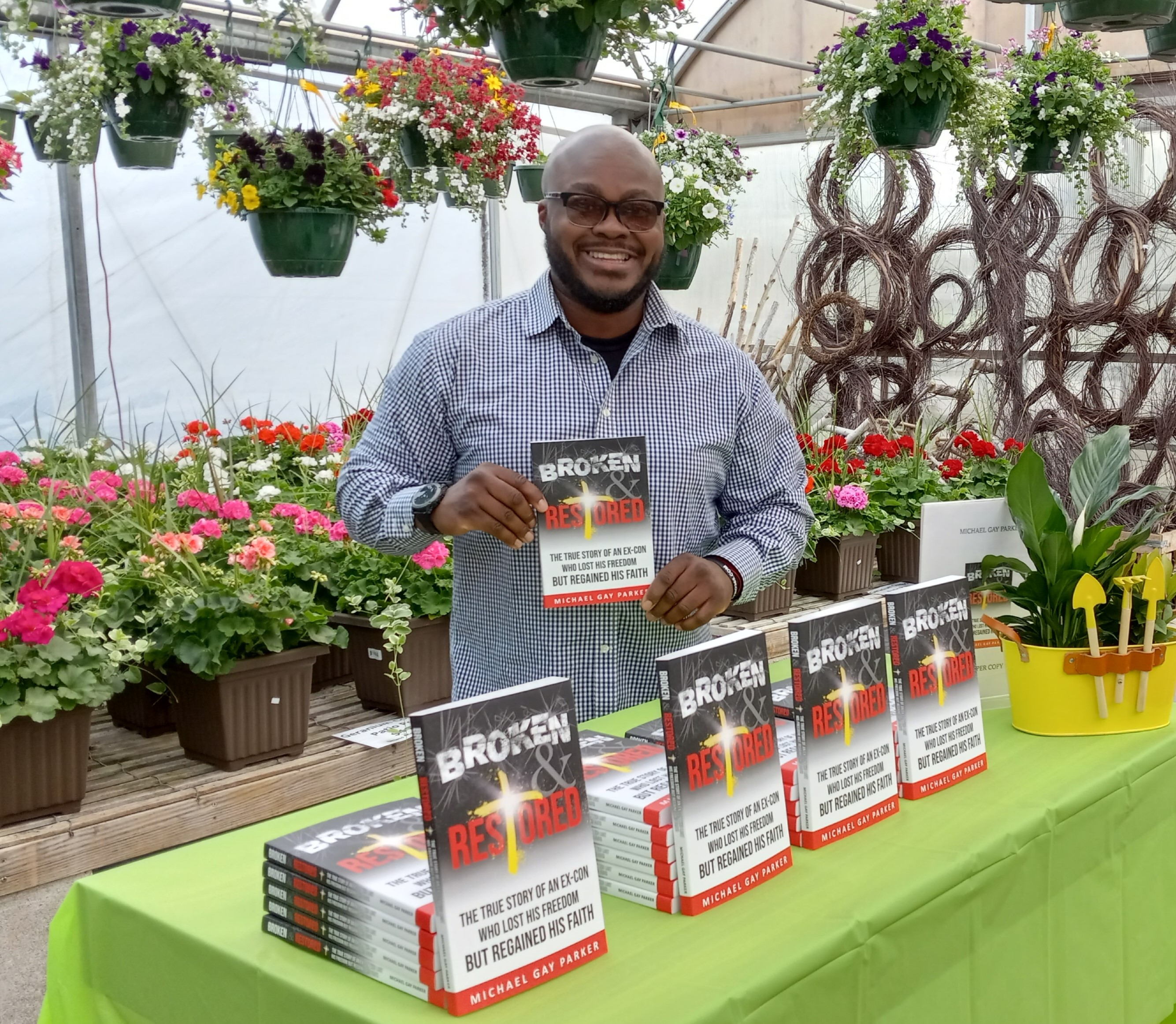
Kern’s Home & Garden & Christian Bookstore hosted their Spring Open House, and the above-mentioned friends and I, all local authors, participated. This is the third such event that I’ve attended at Kern’s, and I must say the word I kept hearing yesterday was “magical.”
The greenhouses were a small glimpse into what Eden must have looked like, and truly, Adonai walked among us. A sweet Spirit pervaded the day as we authors came together in love and friendship. I am blessed to have these writers in my life.
The best part was when some of the authors had the opportunity to pray with patrons. And that’s when it hit me. Every writer present brought rest and peace with them yesterday as they ministered to the individuals who approached their respective table. The unseen hand of Adonai directed each person to the correct author, who in turn reached out to customers via their writing. HaShem was glorified repeatedly, and I knew this to be true when the people who conversed with us were so open about their faith and needs.
If you weren’t able to visit with us yesterday, fear not! The books written by these wonderful writers are still available, and if you’ll bear with me and stay tuned, I promise to make it easy for you to locate their books. Until then ~
Baruch HaShem!
Quotation Station
We’re Gonna Have a Good Time
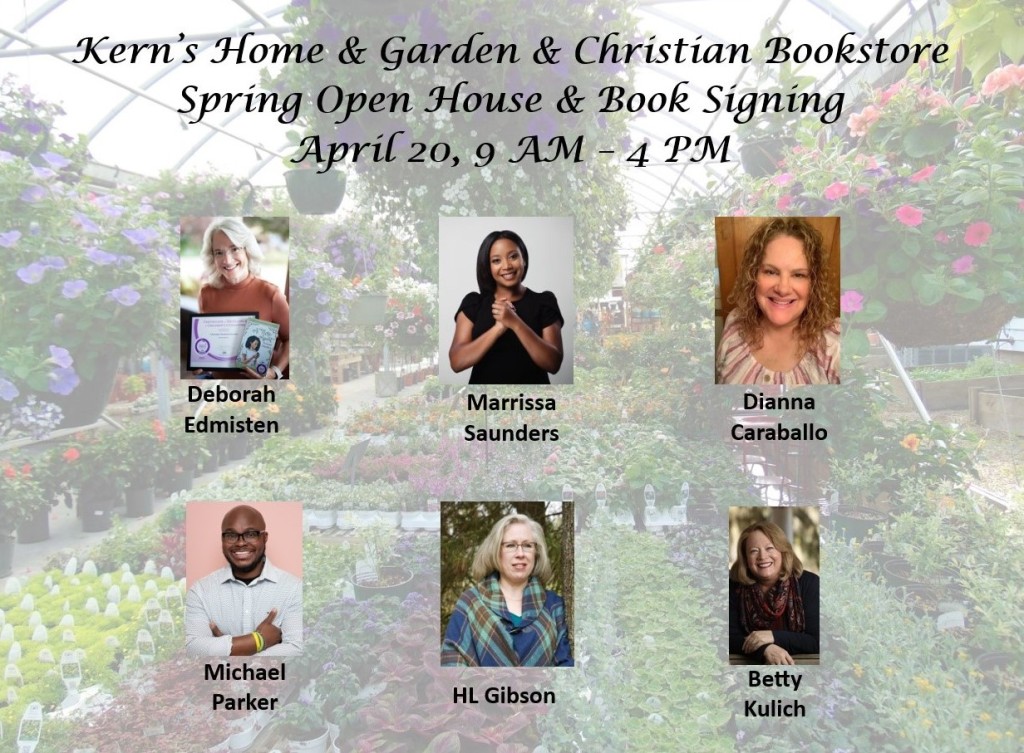
Hello, Realmers! If you missed my Tuesday post, Celebration at Realm Central, then head on over to find out what the excitement is all about. And once you do, come on out to the Kern’s Home & Garden & Christian Bookstore Spring Open House between the hours of 9 AM and 4 PM to get in on the celebration.
Realm turned one this past Tuesday, April 16, 2024. I cannot begin to tell you how exciting and humbling that is all at once. The best part is that I’ll be in the presence of five faith-filled authors as I celebrate the anniversary of my first novel’s publication.
These wonderful writers will also be signing their books for purchase. The first one hundred guests to attend the Spring Open House will receive a complimentary gift bag, and drawings for a Bible, a signed Willow Tree figurine, an Inis fragrance gift bag, a hanging basket, and an herb garden round out the fun!
Support local authors, shop small business, and be rewarded generously for doing so.
See you Saturday,
HL Gibson
Celebration at Realm Cental
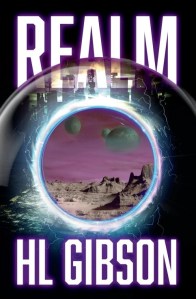 Exactly one year ago today, I gathered with family and friends to celebrate the launch of my first novel, Realm.
Exactly one year ago today, I gathered with family and friends to celebrate the launch of my first novel, Realm.
When the idea for Realm first came to me, I held the concept loosely because it had a sci-fi element, and I didn’t write sci-fi. But I mentioned the story to my mother and expounded on some plots points and character construction that I thought would make the tale interesting, and she was hooked. She encouraged me to begin writing, at least to see where it would take me.
And, since I didn’t have another story swirling around my brain, demanding to be brought to life, I set to work. I’ve mentioned before that I’m a plotting-panster, so without an outline, I pounded away at the laptop, and Realm began to take shape.
I credit everything that Realm is to Adonai alone because, as I said, I didn’t know what the story was going to be until I typed it. Even though I had a few plot points and characters, Realm literally unfolded every time I sat down to work on it.
The story was going well until I reached a point where I had to decide what kind of story, exactly, Realm was going to be. There were elements of science, but as my brilliant beta reader soon discovered, it wasn’t about the science. I wasn’t interested in creating an alien aspect for my novel even though it was set far in the future. Clearly, Realm isn’t true sci-fi or science fantasy.
There are some people my protagonist meets who aren’t humans, and he meets them when he’s not on Earth. Still, those points weren’t the crux of my story. So, what kind of book is Realm? Into which genre should it be placed?
The deciding factor for Realm happened when I needed to build a world for these special people. However, more than their world or their physical appearance, I realized it was extremely important to define the way these off-worlders led their lives. And that’s when it hit me.
Why shouldn’t the Realmers believe in the one and only living God?
I’ve read a couple books that attempted to create a new belief system or borrow tenets of true faith and blend it with their own creations, and in both cases, it was done quite poorly and to the point of distraction. I didn’t want that for Realm.
So, I set about forging a relationship between the Realmers and the One who, in their language, they call the Liabish Tag, or Infinite One. And that’s when the writing really began to flow!
I always wanted Realm to glorify HaShem alone. That was my goal for publishing, and that is why Realm is the success it is even though its genre isn’t one hundred percent accurately depicted by the labels I was required to attach to it for the sake of marketing. Realm is the type of book that must be experienced, and then I leave it up to the individual to decide what genre they read.
It may seem strange to some people to use fiction as a mode of conveyance for El Elyon’s truths, but words have long been a favorite medium of El Shaddai, and I’m humbled and honored that He bestowed upon me the ability to imitate Him in my creative endeavors by also using words. Think parables, if you’re still not convinced.
Last year, I chose to launch Realm after Pesach because I didn’t want anything to distract my loved ones from keeping one of Adonai’s most holy moedim, i.e., appointed times. This year, I’m privileged to be celebrating the one-year anniversary of Realm in the week leading up to Passover. Baruch HaShem for His perfect timing yet again.
This past year, I’ve enjoyed the book signings I was blessed to attend, but even more, the friendships that were established because I stepped out in faith, turned everything over to God, and wrote a book that glorified my Savior.
Haven’t traveled through the Realm yet? Fear not, dear readers. It’s never too late to become a Realmer. Come join us! We’re a good bunch of people all on the same journey toward a glorious conclusion.
Baruch haba b’Shem Adonai!
With much love,
HL Gibson





